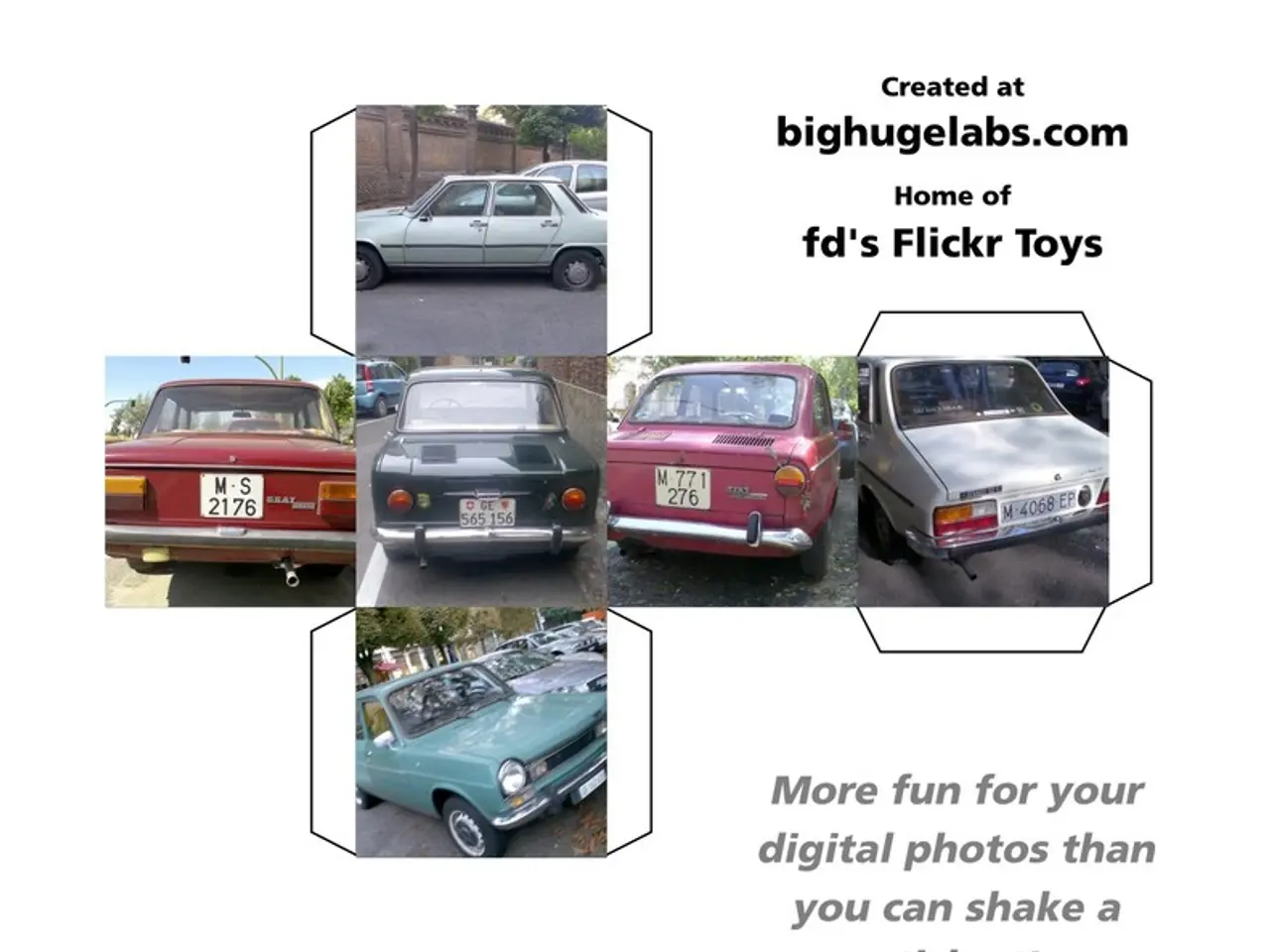Tesla's CEO, Elon Musk, forecasts that autonomous ride-hailing services offered by the company will be accessible to roughly half of the U.S. population prior to the year's end.
Tesla, the electric vehicle giant, is making significant strides in the autonomous ride-hailing sector. The company plans to leverage its own fleet of Robotaxis and potentially allow individual owners to enroll their vehicles in the network.
The ultimate goal is to cover nearly half of the U.S. population with this service by the end of 2025. However, the rollout is expected to be gradual, targeting select cities first, rather than a nationwide reach within this timeframe.
Currently, the Robotaxi service is in limited rollout phases, primarily in the San Francisco Bay Area and Austin, Texas. Tesla is expanding its fleet in the Bay Area to over 100 vehicles and plans to open it for public use beyond the invite-only status soon. In Texas, the service is limited to invite-only users, requiring a Tesla account and usage of a dedicated app.
Tesla's full self-driving (FSD) unsupervised feature, critical for fully autonomous ride-hailing, is expected in select U.S. cities by the end of 2025, but not nationwide. The company is hiring vehicle operators to expand the Robotaxi service to additional cities such as New York, Nevada, Arizona, and Florida, indicating a slow, phased geographic growth.
Safety and regulatory compliance are top priorities for Tesla in the expansion of its autonomous ride-hailing service. The company is actively seeking regulatory approvals for its service in several states, including the Bay Area, Nevada, Arizona, and Florida.
If successful, Tesla's autonomous ride-hailing service could prove to be an astronomically valuable business line for the company, creating a recurring revenue stream. It could also drastically increase vehicle utilization rates, reshape urban transportation, challenge existing players like Uber and Lyft, and redefine the economics of mobility.
However, past incidents involving Autopilot and FSD beta software have complicated Tesla's efforts to gain public trust. The company must prove the safety of its FSD technology to regulators and the public to fully realise its robotaxi ambitions.
Tesla's autonomous ride-hailing network could place it ahead of other companies in the race to scale driverless technology. Notable competitors include Alphabet's Waymo and Amazon's Zoox. The roadmap for Tesla's robotaxi ambitions is becoming clearer, with the company making steady progress towards its goal of revolutionising urban transportation.
[1] https://www.teslarati.com/tesla-robotaxi-bay-area-expansion-100-vehicles/ [2] https://www.teslarati.com/tesla-robotaxi-austin-texas-state-permits/ [3] https://www.teslarati.com/tesla-full-self-driving-fsd-nationwide-rollout-2025/ [4] https://www.teslarati.com/tesla-robotaxi-austin-texas-invite-only-users/ [5] https://www.teslarati.com/tesla-robotaxi-new-york-nevada-arizona-florida-hiring/
- The expansion of Tesla's autonomous ride-hailing service could potentially disrupt finance and transportation industries, as it aims to challenge prominent players like Uber and Lyft, and redefine the economics of mobility in the automotive sector.
- Tesla's autonomous ride-hailing network, if successful, could serve as a lucrative business line in technology, creating a recurring revenue stream and increasing vehicle utilization rates, while simultaneously reshaping urban transportation landscape.




